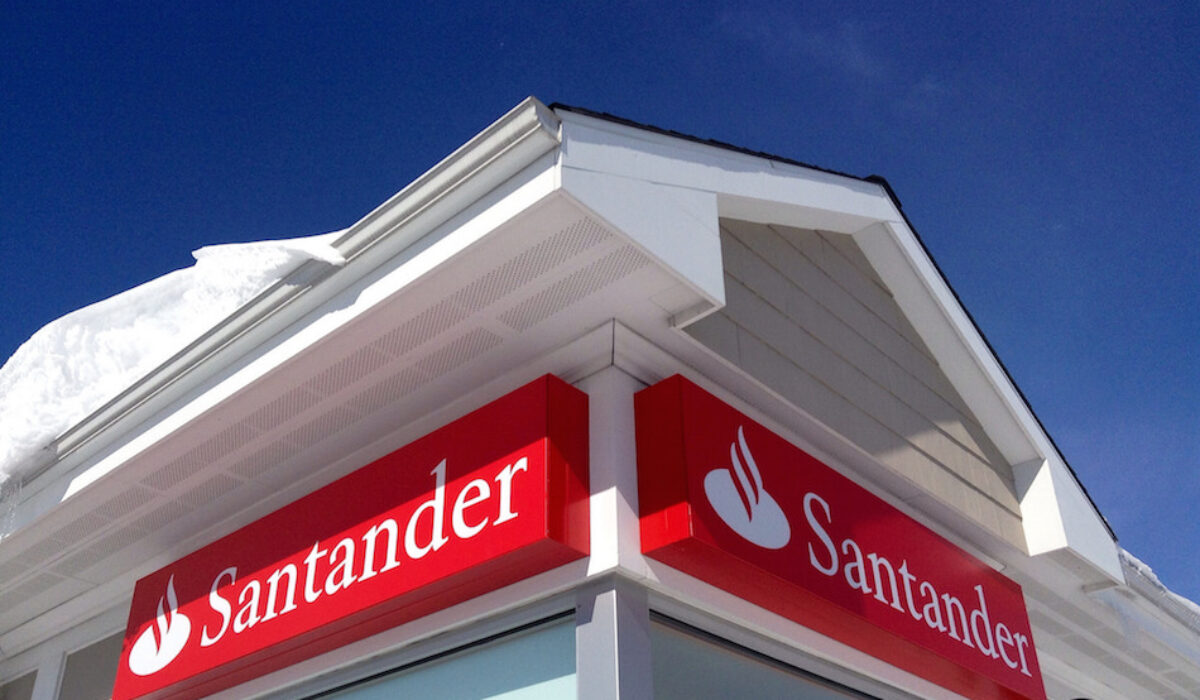Spanish Banks in Cyclical Sweet Spot
Spanish banks are among the most profitable in Europe. Legacy asset-quality problems are by-and-large dealt with, a lower cost of risk is resulting in improved bottom lines and synergies from in-process consolidation are keeping cost-income ratios low.
Spanish banks are among the most profitable in Europe, according to ECB data. Their aggregate ROE stood at 9.74% in Q1 2018, almost 200bp higher than a year before. This is marginally higher than Italian banks, and well above French and German banks, notes Marco Troiano, executive director in the banks team at Scope Ratings in a report out today. Scope publicly rates Santander (AA-, Stable), BBVA (A+, Stable) and Bankia (BBB+, Stable).
For several quarters, Spanish banks have been reporting solid earnings. In Q2 2018, aggregate net profit for the 12 banks directly supervised by the ECB stood approx.at EUR 4.2bn, essentially flat on 2017 and slightly lower than in the previous quarter. This subset of institutions had reported an average ROE of 10% in Q1 2018, the latest aggregate available data; higher than counterparts in other large European countries that are also under direct supervision by the SSM.
The larger players are currently operating with double-digit rates of return: measured on tangible equity (i.e. disregarding goodwill and other intangibles), returns have been running at 10% or higher for BBVA, Santander, Bankinter and Caixabank. “While these remain well below the returns of a decade ago (before the crisis and before the tightening of capital regulations) this is a remarkable accomplishment, considering the muted volume growth and ultra-low interest rate environment the returns have been achieved in,” Troiano said.
Despite the pressure on revenues, Spanish cost-income ratios have remained around 50% – well below those of banks in other countries, where they not only stood higher on average but have even increased in some cases, such as Germany and France. “The Spanish banking system’s low cost-income ratio is a defining feature, which explains much of the structurally high profitability,” Troiano added.
The current low level of credit provisions reflects a particularly favourable moment in the credit cycle, with low NPL formation and rising collateral values. Foreign investor interest in purchasing Spanish legacy real-estate assets is an additional indication that the clean-up of banks’ balance sheet is at an advanced stage,” Troiano said.
Troiano cautions that the revenue environment remains challenging, however, with ultra-low interest rates and no volume growth. With headline inflation now running at over 2%, some inertia on costs is likely. In this environment, management actions aimed at maintaining the fine balance between revenues and costs are crucial.
In this regard, the Spanish banks are continuing cuts to their physical distribution structures i.e. cutting bank branches. “The drivers for this are twofold: the need to optimise distribution capacity following the mergers announced in 2017; and acknowledgement that proximity is gradually losing its appeal with customers, who are increasingly shifting to digital channels, making large and cost-heavy networks a competitive burden rather than the competitive advantage they were once perceived as,” Troiano said.
Spanish branch outlets have fallen from 45,000 in 2008 to 27,480 in 2017, mirroring a marked decline in the number of banking institutions in the country during the global financial crisis. We expect this decline to continue, as Spain still has one of the highest density of bank branches in Europe.
“We believe the decline will continue, irrespective of M&A. We are convinced that in the medium term, branch networks will fade in importance. Digital channels are a faster, cheaper and more efficient way of delivering mass-banking services. The speed of the decline will mirror customer demographics and behavioural changes as well as customer preferences,” Troiano said.
In terms of domestic consolidation, Bankia and Santander reported solid progress on the integrations of BMN and Banco Popular, respectively. Bankia completed IT migration in March 2018, while in the second quarter the commercial management system and the NPE recovery platform were integrated. The bank has already started to harvest synergies and is now expecting the full cost benefit to materialise earlier than previously announced as the integration progresses ahead of schedule.
Santander’s integration of Banco Popular seems to be proceeding smoothly. The bottom line is still negatively impacted by restructuring costs, but the group is starting to converge its commercial practices in Spain, where the 1-2-3 product range was extended to Popular’s former customers and with the reported initial materialisation of synergies from optimisation measures.
For more information
About Scope Ratings GmbH
Scope Ratings GmbH is part of the Scope Group with headquarters in Berlin and offices in Frankfurt, London, Madrid, Milan, Oslo and Paris. As the leading European credit rating agency, the company specialises in the analysis and ratings of financial institutions, corporates, structured finance, project finance and public finance. Scope Ratings offers a credit risk analysis that is opinion-driven, forward-looking and non-mechanistic, an approach which adds to a greater diversity of opinions for institutional investors. Scope Ratings is a credit rating agency registered in accordance with the EU rating regulation and operating in the European Union with ECAI status.
www.scoperatings.com

